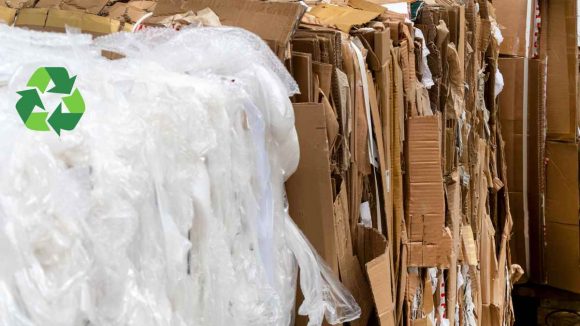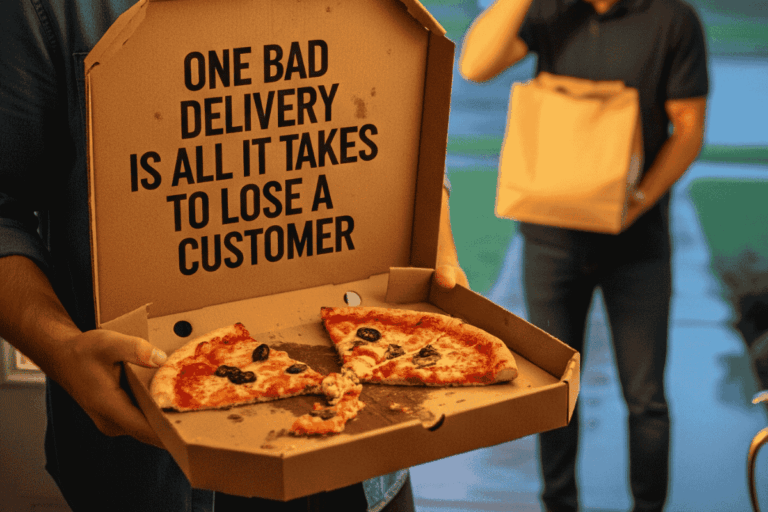Singapore Post is tackling e-commerce package waste, an issue that has plagued the industry for years. To address the alarming rate of waste created by online shopping, it’s partnering with the Singapore Manufacturing Federation (SMF).
Business Waste’s research has found that packaging waste generated by e-commerce is eight times more than that generated by offline purchasing. That’s a staggering 942 million kilograms of plastic packaging waste produced by the industry.
However, China’s e-commerce industry is responsible for the “most plastic packaging waste.”
Alliance for Action on packaging waste reduction
SingPost and SMF have formed an Alliance for Action (AfA) on packaging waste reduction for e-commerce. It aims to create voluntary guidelines that can encourage sustainable packaging practices.
Industry-specific guidelines
Here’s what the new guidance of the alliance will focus on:
- Transportation and mailing packaging.
- Void-fill packaging.
- Labels used for shipping.
The importance of sustainable online shopping
While the e-commerce sector is exploding, packaging waste is becoming a significant environmental concern.
Most US consumers believe e-commerce companies should reduce packaging waste. A study found that 86% of young customers between the ages of 25 and 29 think businesses must play an active role in reducing their carbon footprint.
According to SingPost’s Michelle Lee, the number of e-commerce parcels in Singapore doubled between 2019 and 2023. That’s a massive amount of packaging not being recycled or reused.
In July alone, Shein and Temu each provided carriers with about 900,000 packages daily in the US alone, reports Supply Chain Dive.
How will the guide help?
With SingPost and SMF’s guidelines, businesses can make more informed decisions about sustainable packaging. The guidelines offer practical solutions for different types of e-commerce packaging.
It also includes packaging solutions to reduce, reuse, and recycle.
The AfA includes 15 members from various institutions across the e-commerce sector, including industry players, trade associations, and NGOs.
This diverse group hopes to deliver a comprehensive and practical document to guide the entire industry.
NOW READ: How to create sustainable packages for your products
About the author
Mia is a multi-award-winning journalist. She has more than 14 years of experience in mainstream media. She's covered many historic moments that happened in Africa and internationally. She has a strong focus on human interest stories, to bring her readers and viewers closer to the topics at hand.










